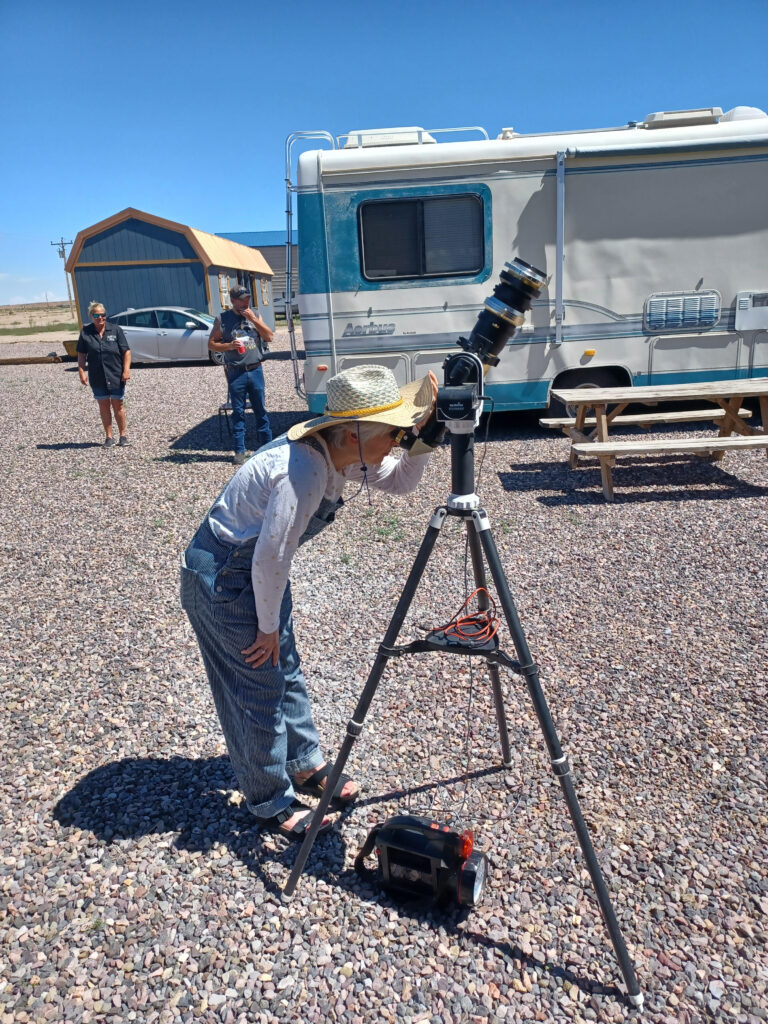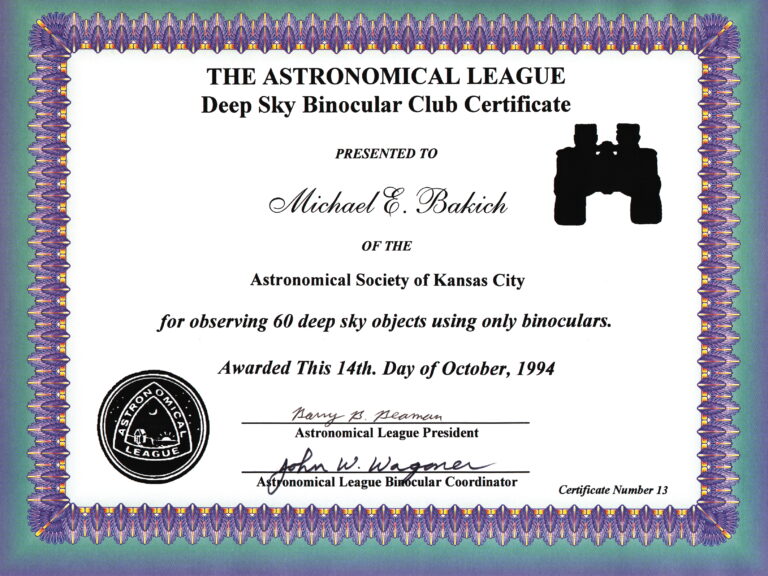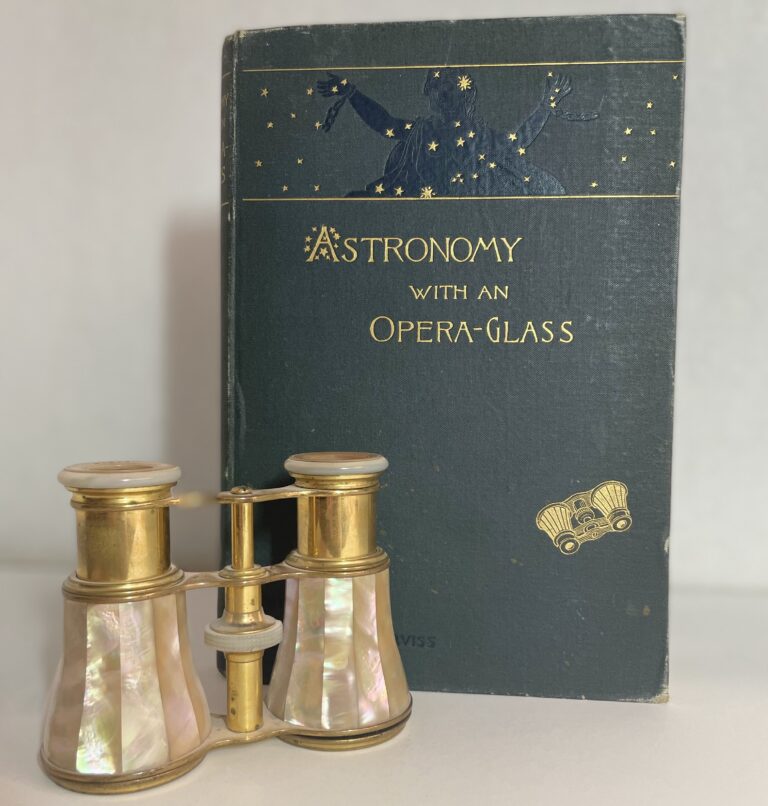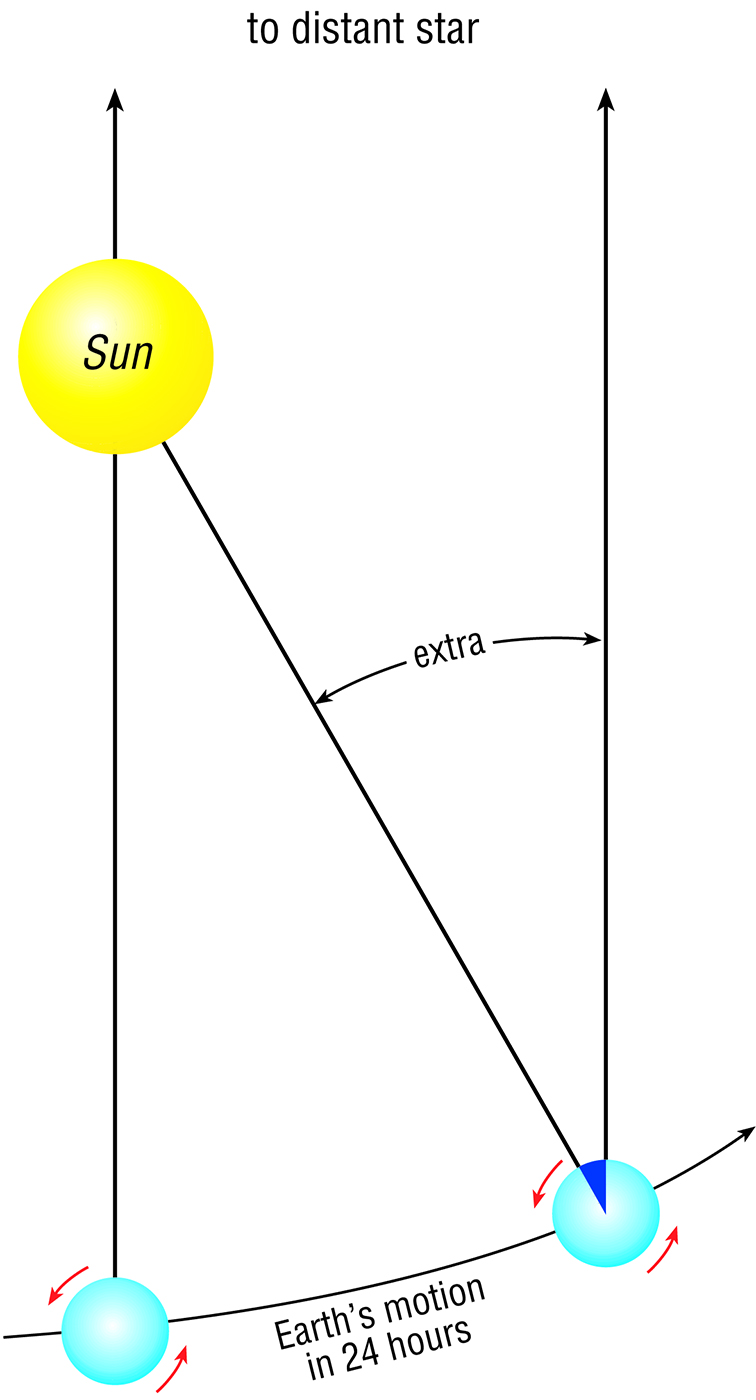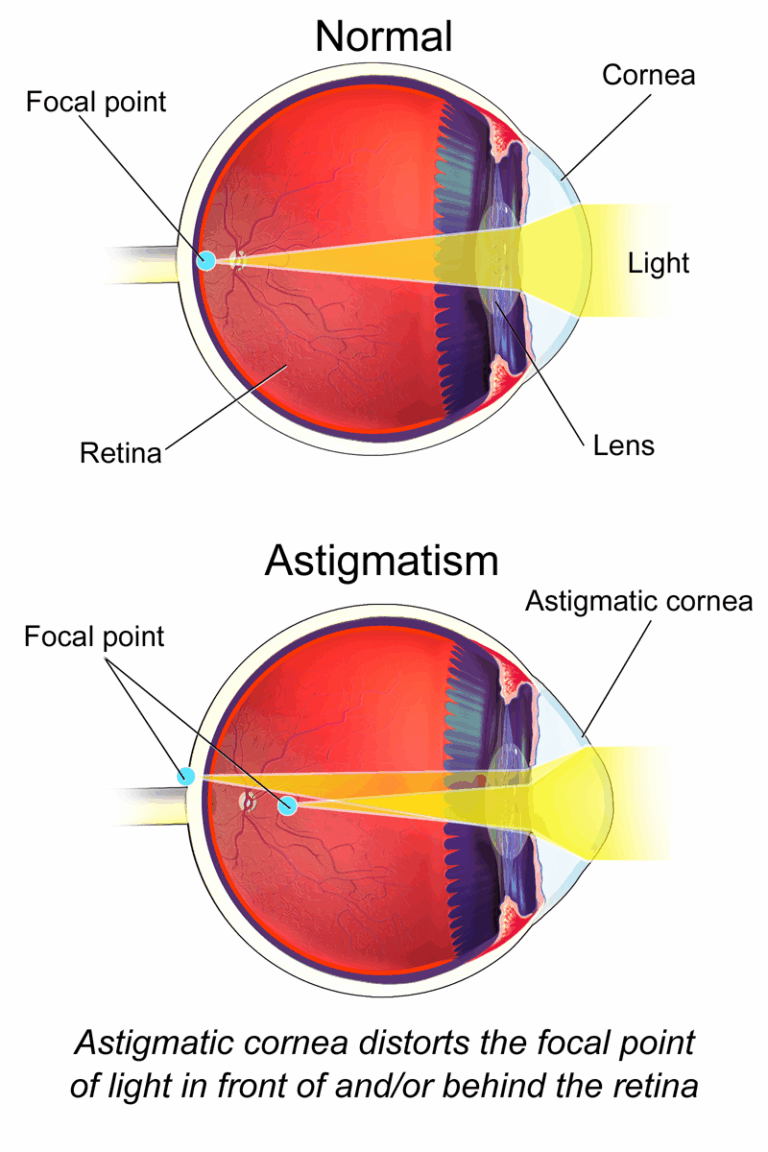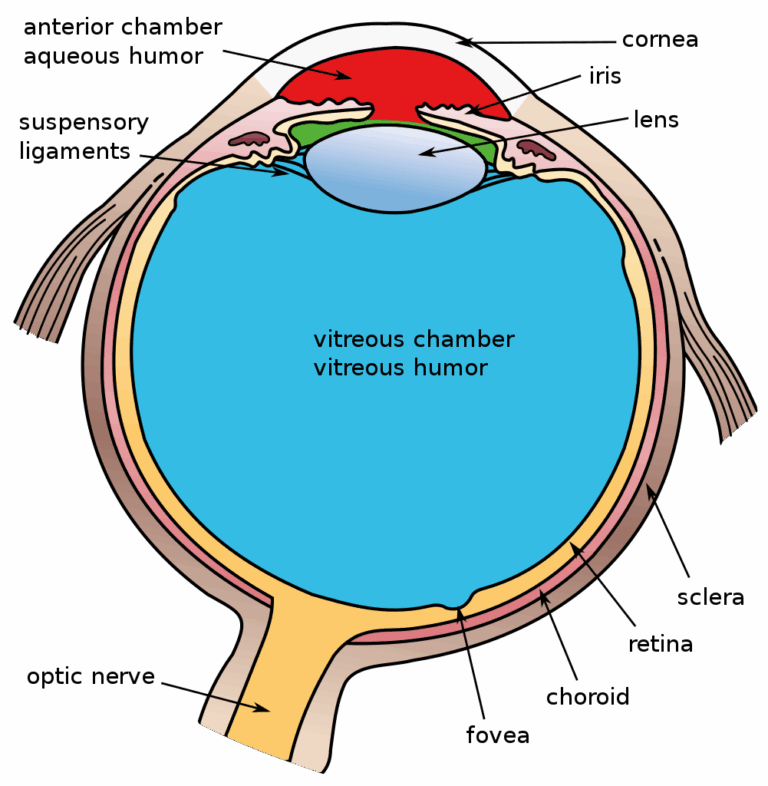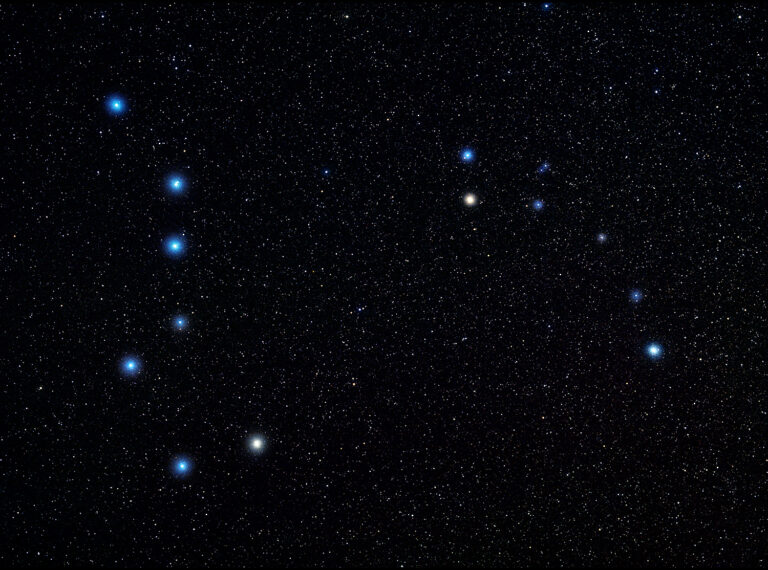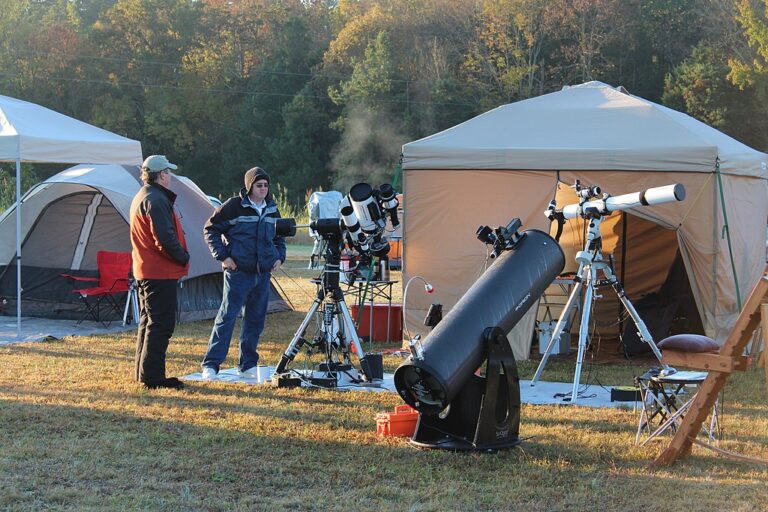Key Takeaways:
Undoubtedly, one of the first patterns in the sky that you and I learned as we got into stargazing was the Big Dipper. Its seven stars form a distinctive shape that catches the eye of anyone living in the Northern Hemisphere.
May brings the Dipper high in our early evening sky, so let’s take this opportunity to become acquainted with some binocular treasures that lie nearby.
We’ll begin with the middle star in the Dipper’s handle, Mizar (Zeta [ζ] Ursae Majoris). Shining at 2nd magnitude, Mizar is a white-hot spectral type A star lying about 83 light-years away.
Even without binoculars, you might be able to see that it has a friend: a 4th-magnitude point to its northeast. That’s Alcor (80 Ursae Majoris), also a type A star. They appear separated by about 12′, within range of naked-eye resolution if light pollution permits. Modest pocket binoculars will show them easily.
Alcor and Mizar may well have been your first double star; they were mine. Though there’s still some debate on whether these two stars constitute a real binary or simply a visual binary, you can certainly enjoy the view either through binoculars or, if you’re lucky enough, with your eyes.
Notice the 6th-magnitude star 1.5° east of Mizar; this star, along with three other similar stars, forms an equally spaced line of four that slides southeastward towards our next target. Tuck Mizar into the northwest corner of the field. Then, without shifting your binoculars’ aim, let your eyes zig from Mizar along that line, then zag 1.5° east of its last star. That should put you almost square on the Pinwheel Galaxy (M101).
Images of M101 show a grand design face-on spiral, with magnificent arms wrapped around a brilliant nucleus. Remember those images as you strain to see even the faintest hint of its existence. The contrast between M101 and the surrounding sky is so slight that distinguishing its feeble glow is challenging. Even Charles Messier described it as “very obscure and pretty large.” You’ll stand the best chance by bracing your binoculars against a steady support. If you are convinced your aim is correct but still do not see it even with averted vision, try jiggling the binoculars ever so slightly. This technique often reveals an uncooperative object.
If M101 is a little too challenging, try your luck with the Whirlpool Galaxy (M51). To find it, shift your view to Alkaid (Eta [η] Ursae Majoris) at the end of the Dipper’s handle. I find M51 by placing Alkaid along the northeastern edge of the field and then glancing from it to 4th-magnitude 24 Canum Venaticorum, 2° to its west. From there, I shift my gaze an equal distance to the latter star’s southwest, to a rectangle of fainter stars. M51 is inside that rectangle, next to the star at the northeastern corner.
My 10×50 binoculars show M51 as a round, dim glow. But don’t just grab a quick glance and move on. Again, brace your binoculars on a tripod or some other support and make a long, slow study of the galaxy. Can you see that M51 is a little lopsided, with a lump protruding on its north side? If so, you’ve just seen something through your binoculars that Charles Messier himself missed. That’s M51’s companion galaxy, NGC 5195. It glows weakly at about 10th magnitude.
Finally, for double-star fans, let’s swing 5°, or about one binocular field, northeast of Alkaid, across the border to Boötes. There, you will find a triangle of stars formed by Kappa (κ), Iota (ι) and Theta (θ) Boötis. Iota, the southernmost of the three, pairs a 5th-magnitude spectral type A white main sequence star with an 8th-magnitude type K orange companion lying 38″ to the northeast. That’s tight, but still resolvable through 7x binoculars. Higher magnifications will have little trouble cleaving the pair.
Questions, comments, suggestions? Contact me through my website, philharrington.net. Until next time, remember that two eyes are better than one.


